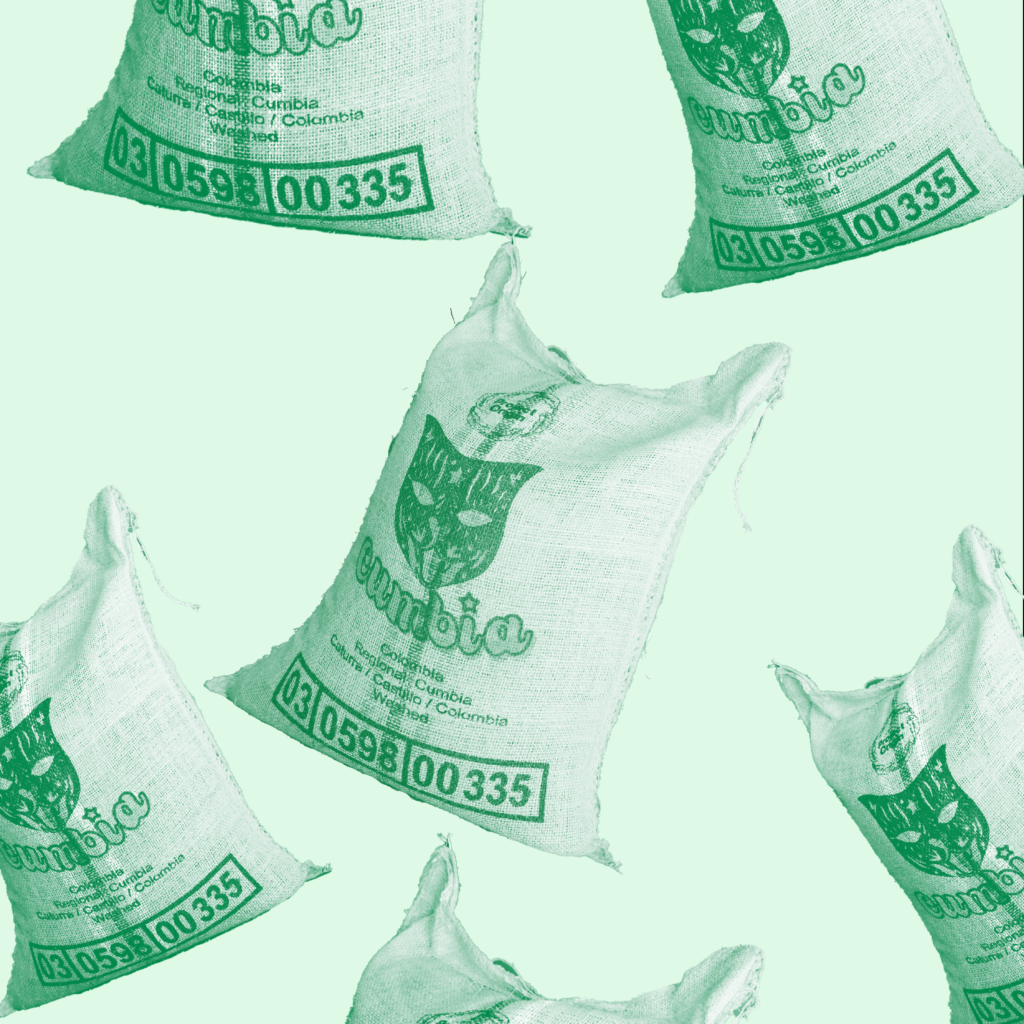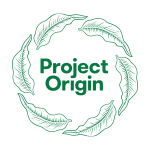
Wages are up, inflation has made the cost of all inputs higher, interest remains at the highest level it’s been in over a decade. Now add to that the cost of buying good quality coffee just keeps going up.
How is a roaster supposed to navigate this? Let’s look at a scenario together.
You’re a roaster. You rely on having good quality green beans, consistently coming through your door every week, and being able to pay as you go, because you sell to your cafe clients every week. You need coffee from at least 5 or more origins, and many of them you need all year around.
It’s August. Around the time you usually plan out stock from countries like Brazil, Colombia and PNG. You know that contracting is the best way to get good pricing, and regular supply from your importer. But this year, when time came to renew your contract for [enter origin here], the price jumped from, say, AU$8.50/kg to AU$11.00 or even AU$12.00/kg…
“What the…?”
Your importer says, “It is because the coffee market price is much higher, all costs have gone up, pickers are demanding more pay in producing countries, freight rates are high, interest costs for holding coffee are high. Blah, blah, blah!”
You say, “No thanks. I’ll shop around.” Or, even better, “No thanks. I’ll wait until prices come down.” Sweet. Let’s see how that’s going to work out. Ready?
- Roaster doesn’t commit to contract coffee from importer.
- So importer doesn’t commit to import coffee from supplier at origin.
- Roaster shops around. Finds most prices are similar. They’re all high.
- Roaster continues to wait.
- Several months pass. Roaster did not contract anything because the price did not come down.
As stock gets critically low, roaster reaches out to every green supplier they’ve worked with since they started in business. No one has enough spot stock to offer them to meet their production needs. And anyone that does is charging AU$13.00/kg for it now.
Roaster now has two choices… 1) pay a price they could’ve avoided, or 2) stop roasting.
Now ask yourself this question, if faced with those two choices in the next 6 months, is your roastery truly prepared?
And if not, how can you get prepared?

If you don’t want to be stuck paying a crazy spot price a few months from now, or worse, don’t want to actually run out of green beans to roast and sell your cafe clients, what can you do to prepare?
In short, you should contract coffee at least 4-5 months BEFORE your current contract ends. Don’t play the risky waiting game, because if it goes badly it’s your business, your livelihood, that suffers.
I’m sure you’re thinking one (or all) of the below:
“I never needed to contract that far in advance before. So I shouldn’t need to now.”
“The price is too high and I can’t pay that much.”
“I’m sure something else will come available.”
If you’re thinking like that, you’re not alone. It’s very understandable. Unfortunately it’s also insanely risky for your business. The business you’ve worked hard to build!
Most roasters in Australia right now are thinking like that. The trouble is as more and more roasters avoid contracting importers bring less stock in, and hold less for spot sales – we’re at the lowest level of spot availability that we’ve been at in recent memory.
But crunch time will come, and roasters will have to roast something.
If coffee market prices stay high, roasters will have to buy coffee at whatever price is going, but will be worse off because you’ll only have whatever spot options are left, and it’ll be slim pickings – either poor quality, a mish mash of lots, and prices the importer demands because you’re out of options.
If coffee market prices drop, every roaster that is currently holding back from contracting will look to buy, and that boost in demand will drive prices up anyway, or at least it’ll stop prices from falling very far.
Either way, the risk is high, and it’s you that suffers, so let me be super clear, the waiting game is not a good option. If you need stock in the next 6 months you should be contracting now. Remember it takes on average 4-5 months to import new coffee into Australia right now – from sample approval to all steps involving milling, packaging, container loading, sailing, customs clearance and the inevitable delays you never expect when it comes to logistics.
Add to this the consensus that the coffee market price is likely to remain in the $2.45-2.65/lb range for the foreseeable future, 6-12 months, and it really doesn’t make sense to wait.
So, what are your options? How can you contract stock without breaking your budget? Let’s get practical.
Prices are high. And that hurts. But you’re in the business of roasting and selling coffee, so you need stock.
The best options we recommend are:
1.1 Don’t fix a high price for a long time. If you used to lock in contracts for 12 months, maybe consider 6 months instead. Or 2 x 6 months, where one 6 month period has the price fixed (no risk of further fluctuation or increases), and the second 6 month period is floating (so if you are hopeful the market price will drop you can take advantage of it).
1.2 Track the average cost of your blends over the year, instead of the live cost right now. And use the average cost to set your budgets, set your sales prices and measure your margins.
2. Use time to your advantage.
Break the habit of only contracting when you’re about to run out of stock. Build a strong relationship with an importing partner you trust that can help you plan stock and prices for the long term. If you know you’ll use Brazilian coffee in 2025 and 2026, consider contracting that far in advance but with floating pricing. You get the certainty of supply, and the benefit of locking in a price when the market level matches your budget, and you can do it any time before the coffee needs to sail from origin.
3. Build long term relationships.
If you’ve bought consistently from a producer or producer group at a price that meets their needs, they are less likely to price against the volatile commodity market. So long as you’re creating true win-win business relationships you should be able to negotiate supply and pricing that can suit both sides regardless of if the market goes up or down.
4. Understand harvest cycles.
Consider your key components and when they need to be contracted. Try and spread them out so they aren’t all harvested/contracted at the same time. That way 6 months from now you’re contracting different origins, and can potentially benefit from changes in the market pricing. If all your major blend components are harvested at the same time of the year, the risk is you have to lock in supply for all of them at the same time, and if that’s a time of high volatility and high prices, you are stuck.
We are here for you!
Stay up to date with our Project Origin projects and latest specialty green bean coffee imports
We acknowledge the Traditional Owners of the land on which we work, the Ngunnawal people. We pay our respects to elders past, present and emerging.
